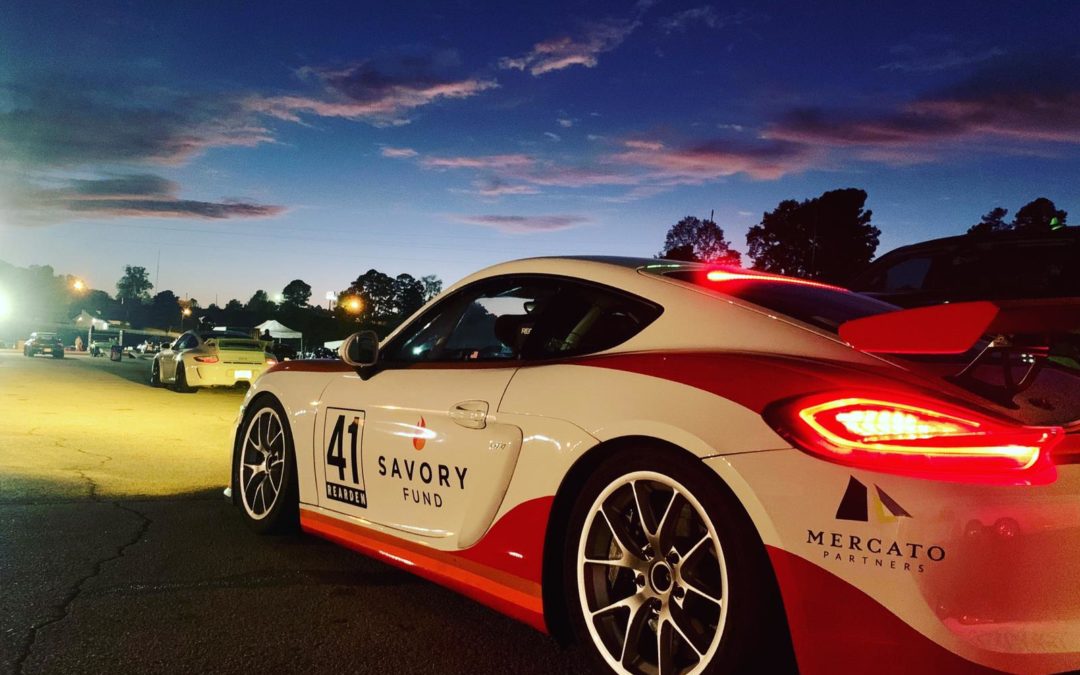I’m excited to be doing something a little bit different this weekend. I’ll be joining a couple of friends and coaching clients for an endurance race at Circuit of the Americas. I’m especially looking forward to joining them since I haven’t participated in this particular series before. I get to learn the nuances of the series rules and how to ensure we have the most competitive effort possible. And of course, I’m looking forward to having fun!
Endurance racing definitely requires not just a different mindset, but also a whole different level of preparation. Aspects such as team personnel, various spare parts and equipment, and multiple drivers are just a few things that have to be considered and planned for. I personally enjoy the challenge of endurance racing, since it really emphasizes the team component with multiple drivers and pit stops. Everyone really has to pull together to make it a successful effort.
Not only does the preparation start months in advance for pulling together all the resources, but planning some of the finer details of the race strategy (the ideal driver pace to make good fuel mileage and conserve equipment while still pushing enough to be competitive, when to make calls for changing the tires and brakes, etc.) is also vital to success.
From a driving aspect, preparation includes physical fitness, getting the right amount of rest in advance, and—during the event—maintaining proper hydration and good nutrition to keep your energy levels up, even during those tough early-morning hours.
Communication is another very important point to consider, not just with the crew but also with your co-drivers. Relaying information throughout your driving stint can help prepare the team for any work that needs to be done at the next pit stop. It can also prepare the next driver for what to expect when they jump in the car.
Being efficient on the race track is important, but even more important is being efficient in pit lane. Pit stops will account for gaining or losing more time than your on-track performance. A mis-cued pit stop or driver change could easily cost an additional 15 or 20 seconds or more, which could take half of a driving stint to make up on track. Again, communication is key, and your team should have a plan in place well before race day. It’s also important to practice in the pits so you can execute flawless pit stops!
With all of the variables that endurance racing presents, it’s that much more rewarding when it all comes together to produce success. I look forward to giving it our best at being competitive in the field of 90-plus cars this weekend, but no matter what, the camaraderie that we’ll share will be the most memorable.



